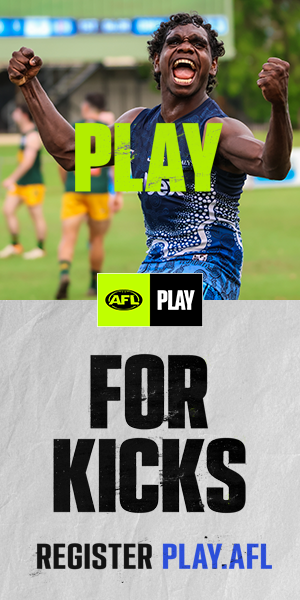The dominant club in Queensland up until the early 1950s, they won 12 premierships in what was a benchmark for the senior competition until bettered by Southport Football Club’s 13
A large crowd was controlled by mounted police as they wildly celebrated their first grand final win over the Tigers in ‘29. A quaint rule existed at this time that meant that the minor premiers had the right to challenge for a rematch if they were beaten in the premiership decider. They say that League officials were so confident that Windsor would go back-to-back in 1930 that no provision was made for a ground for Windsor to exercise their right of challenge when they lost to the Tigers in the final.
Windsor claim that they eventually obtained access to the No.2 Oval at the RNA Showgrounds and that Mayne refused to play. So the records credit the two clubs with having shared the premiership. More premierships were to follow in 1932-33. Then came their feat that has yet to be matched in Queensland football history when they won five premierships in succession from 1936-40.
A change in club colours from chocolate and blue to white with a green ‘V’ was a good portent for the boys from Windsor. Coach for that era was Hall of Fame member Jim Freeman. Other Hall of Fame inductees in that team included Jim Davies, Toby Perkins and a young Dick Parton.
Whether the best Windsor team of the pre-war era was better than its great post-war side was debated by Eagles fans well into the 1960s, ‘70s and even the ‘80s. During the war the Eagles stayed intact while many other clubs in Australia went into recession. The highly successful club had to wait another seven years before it tasted premiership success again in 1947 with victory over Kedron. The Redlegs were successful in ‘48, before a triple premiership treat for Windsor from 1949-51.
A fine Windsor winger in those days was Aub Carrigan who later emulated the great Leo O’Connor in playing Australian Football for Queensland and captaining Queensland in Sheffield Shield cricket. In the late ‘40s a mop-haired, skinny boy walked into a Windsor Park training session, announced he would like to play football and that he would like to play full forward. His name was Ray Marshall, and he went on to win three Hughson Medals and become the first Queenslander to kick 100 goals in a season.
Another post-war player of note was Parton, the Queensland Team of the Century centre half forward. Jim Trewick, too, was a key person in the dominance of Windsor, while other Windsor players to represent their state post-war included Jim’s three brothers, Phil, Ken and Alan Trewick, plus Ralph Geschke, Ray Warren, Keith Lacey, David Pie, R Alford, J Hopkins, P Cleak, R Harpur, C Hunter, W Byers, T Earl, NHollingworth, K Hurley and K Drabble.
After success in 1951 the Eagles played in final series in 1952-54-56 and finally in ‘57. Right through the era that saw the demise of the club in 1962 when it merged with Zillmere, Don McIvor was a standout player who also represented his state. Perhaps the greatest Windsor performance came from Jim Freeman, who coached the club pre-war and post-war when an incredible nine premierships were secured.
The Eagles, led by Harry O’Callaghan, won their first senior premiership over Mayne in 1929 at Perry Park. Ernie Hall was an early star for the club with the interesting colour combination of chocolate and blue.

















































